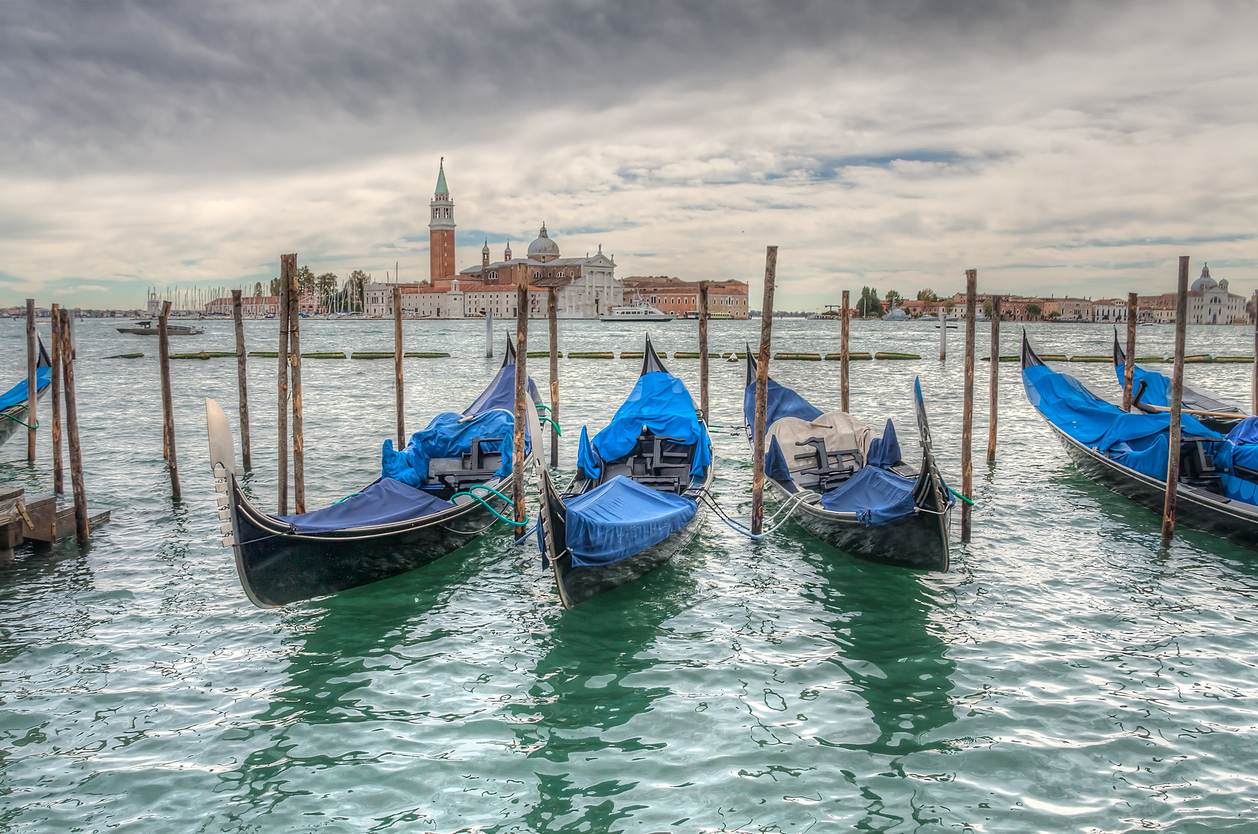Overtourism– the natural by-product of mass tourism– has been one of the most significant travel trends of the past decade.
Table of Contents:
Overtourism is the opposite of responsible travel– overcrowded, unsustainable, and exploitative. It’s often the result of cheap flights and cruises, un-checked development, and poor government planning.
Unfortunately, it’s been happening more and more all around the world. So the big question is, how will the travel industry respond?
The definition of ecotourism (“responsible travel to natural areas that conserves the environment and improves the well-being of local people”) illustrates the need for the industry to benefit both the ECOlogy and the ECOnomy of a destination.
Most responsible travel experts believe that this is the only approach to travel that works for everyone– locals, endemic flora and fauna, industry stakeholders, and travelers alike.
Here’s a look at 5 reasons why we believe these sorts of community-focused initiatives are the future of sustainable travel:
1. It Gives Locals a Voice in Tourism Development
When local communities aren’t given a voice in tourism, there’s almost always a resulting rise in anti-tourist sentiment. In 2017, radicals slashed bus tires and broke hotel windows in Spain. There were huge demonstrations in Venice, a city of 55,000 residents that gets swarmed by over 20 million visitors annually.
This type of overtourism is not just unsustainable, but irresponsible.
Community-based tourism gives locals a say in tourism development, allowing them to help determine where the line between “just enough” and “too much” lies. Making them a part of the process during the planning and execution phases gives the entire community a sense of ownership. It ensures they feel empowered rather than exploited, and valued rather than vulnerable.
2. It Gives Locals a Sustainable Source of Revenue

When tourism development is allowed to go unchecked, it often leaves locals disenfranchised and increases the divide between the haves and the have-nots.
For instance, when landlords are allowed to rent out local housing on AirBnB at inflated prices, it displaces the local people. They can no longer afford to live near the center of tourism activity, which makes their housing and transportation issues much more difficult.
But when local communities become the center of tourist activity, residents are given a financial stake in the travel industry’s success.
They can rent out extra rooms for homestays, become tour guides or porters, work in local hotels or restaurants that cater to tourists, or sell their arts and crafts as souvenirs.
And when locals have a sustainable source of income that’s provided by the community in which they live, they tend to take an even greater sense of pride in that community.
3. It Contributes to Conservation of Nature & Culture

When remote communities don’t have access to quality jobs, locals are forced to either leave their community or exploit their natural resources in order to survive.
We’ve seen it time and again on our travels. Mayans in Mexico who moved from tiny villages to Cancun in search of work. Ribereños in the Peruvian Amazon who hunt bushmeat in order to feed their families. Indigenous Africans who turned to poaching for food and income.
But when locals are given a financial stake in the success of the tourism industry, they come to see the preservation of natural resources as the key to their own family’s sustainable future.
The forest becomes their forest. The animals who inhabit the Serengeti become theirs to protect. Educating their children about the importance of conservation becomes a priority.
Conserving ancient cultural traditions, such as basket weaving or traditional music and dance, becomes an opportunity rather than an obligation.
4. It Contributes to the Development of Local Infrastructure

When more individual members of a community begin to thrive, their income is often invested back into the community. They spend more money at local businesses. They pay more local taxes.
And when the local government’s tourism development is planned properly, this leads to an ongoing investment in the development of local infrastructure.
One of the greatest examples of this principle in action is in Rwanda. There, Edwin Sabuhoro, former game warden at Volcanoes National Park, founded Iby’Iwacu Cultural Village.
This entertaining introduction to Rwanda’s traditional cultures provides alternative employment opportunities for former poachers. It’s part of a larger community development strategy that includes education and conservation initiatives.
The program been so successful in aiding mountain gorilla conservation, it inspired Rwanda President Paul Kagame to dedicate 5% of all tourism revenue from Volcanoes National Park to infrastructure development in the villages surrounding the park.
There are new schools, new hospitals, better roads, and lots of local business start-ups transforming this impoverished region.
5. It Leads to Better Travel Experiences for Everyone

Numerous studies have shown that when community tourism is developed properly, everyone wins. This includes the local people, local flora and fauna, local businesses, and travelers themselves.
When locals are being rewarded for their efforts, they’re more warm and welcoming. When travel is more immersive and experience-focused rather than exploitative, the interactions are more genuine.
You get a chance to see the community for what it truly is, rather than some Disneyfied façade created to feel like something it’s not. You get a taste of the real indigenous culture, rather than a show put on for profit.
In short, community tourism simply provides a deeper, more engaging and inspiring experience. And we believe it’s the perfect cure for the woes that mass tourism tends to bring.
How Vasco Translators Can Help

One of the most challenging aspects of engaging with local communities during international travel is the language barrier. Even if you have a basic grasp of key phrases, communication is often stilted at best.
The Vasco Translator V4 can help, with a Voice Translator that allows you to speak in 76 languages, a Photo Translator that understands 108 languages, and a typed Text Translator that understands 90 languages.
They work fast, translating in around 0.5 seconds, with no data limits, a big 5-inch screen, and powerful speakers so that you don’t miss a thing.
International travelers will especially enjoy the Photo Translate, which allows you to translate images, including street signs, restaurant menus, and tourist brochures quickly and effortlessly.











